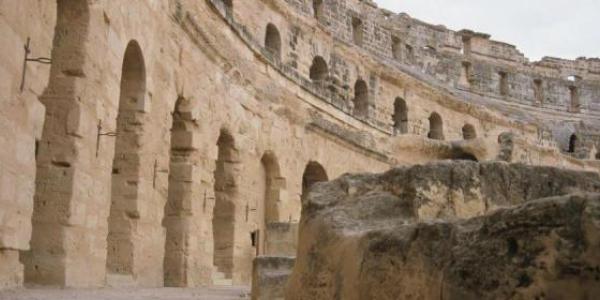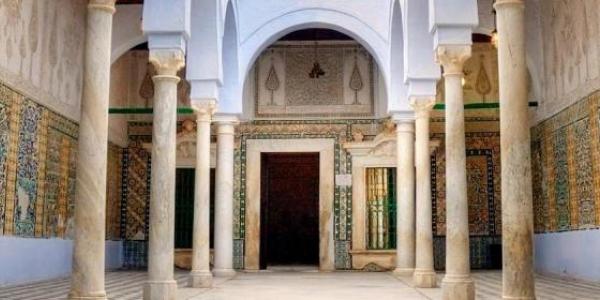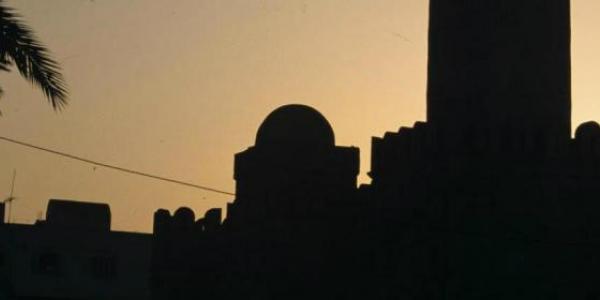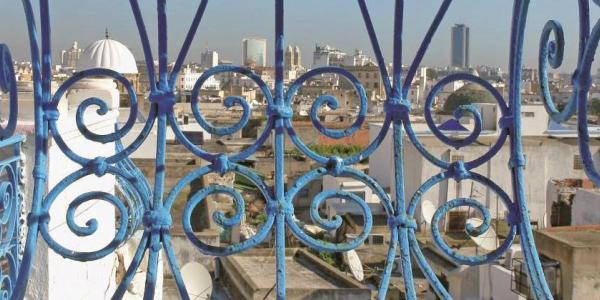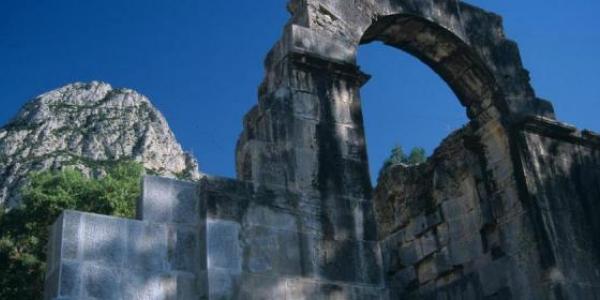La Goulette

It is a popular summer resort, some 10 km north of the capital. In ancient times, the town was known for the fortress built during the Spanish conquest led by Charles V around 1535. Then it was demolished and rebuilt by the Turks when they conquered the town in 1574. La Goulette is now one of the most frequented resorts of the capital. It is also well-known for its restaurants, where fish and Jewish menus are served, as the town has long been the home of a sizeable Jewish community.
Carthage
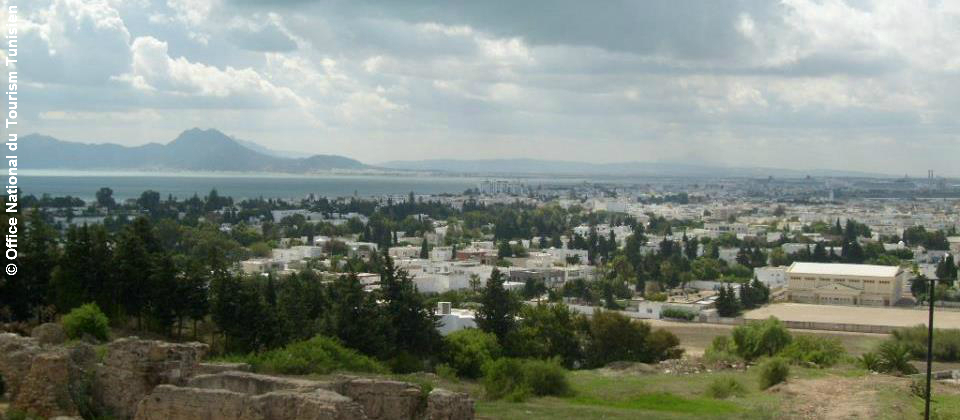
Carthage –which was founded by Queen Dido in 814 b.C. according to Greek and Roman sources– gave its name to many cities around the world. The name of Carthage resonates everywhere and is reminiscent of a civilization which, for many centuries, ruled over the world. For any foreign visitor Carthage, located around 20 kilometres north-east from Tunis, is a must-see. Today the Punic and Roman ruins bear witness to the great civilizational contributions made by this mythic city, illustrated most eloquently by the Antonine Baths and the Roman Amphitheatre, which has been, from the sixties, the venue of the most famous and prestigious international summer festival in the country.
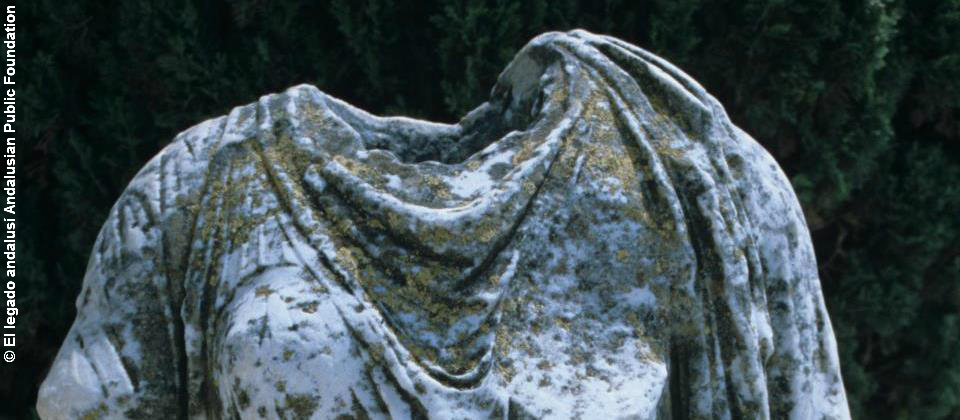
Among the major known sites in Carthage are the Byrsa Acropolis, the Punic ports, the Punic tophet, the Basilicas, the Antonine baths, the Malga Roman cisterns, the Roman villas, the Paleo-Christian museum, the Carthage museum...

We can also note the remarkable Cathedral of St. Louis on the hill overlooking Carthage: it was built in the 1890s on the very spot where the French King Louis IX died in 1270. Today the cathedral has been transformed into the Carthage Acropolium, where the international Festival of classical music is held every October.
Sidi Bou Said
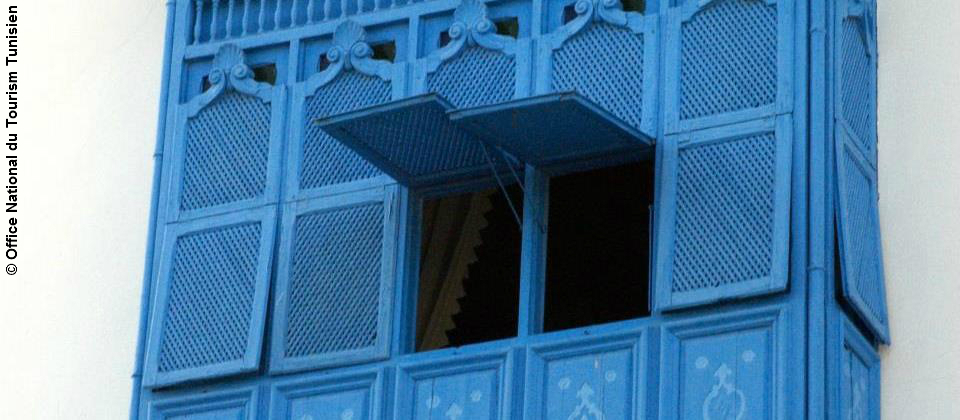
This small and charming village, situated on top of a hill overlooking the Bay of Tunis, owes its name to a Sufi mystic named Abou Sa‘id El-Beji (12-13th centuries) who, for many years, chose this village as the place for his meditations. It is distinguished by its blue and white colours, which are owed to the Baron d’Erlanger, who managed to convince the Bey at the time (beginnings of the 20th century) to issue a decree making these two colours mandatory. The palace of the Baron, built on the side of the hill and overlooking the sea, offers a harmonious mixture of Andalusi, Ottoman and Islamic architectures. It is today considered a part of the national heritage and has lately been transformed into a prestigious museum for the Mediterranean music and a centre of musical research.
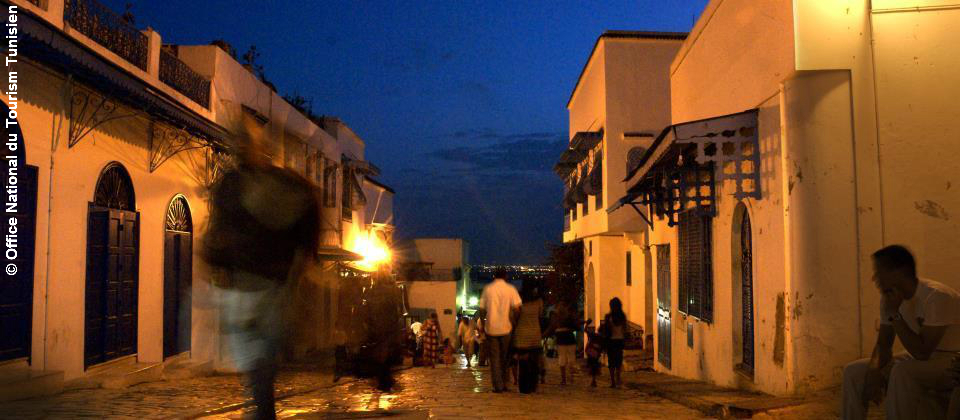
Every year, around mid-August, the village hosts and celebrates a ritual procession called “al-kharja”: multi-coloured flags of the old Turkish army and gigantic banners representing different Sufi denominations are carried by the inhabitants, accompanied by the sound of mezoued (bag pipes), bendir (big round drums), religious hymns and Sufi chants.
La Marsa
This beautiful resort owes its fame to the Beys who chose it as their summer residence. The main local attraction is the Café Saf-Saf with its typically Tunisian cuisine and Malouf music.
Gammarth
After the country’s independence, Gammarth, originally a small fishing village adjacent to La Marsa, became a modern resort with many world class hotels, restaurants and beautiful and luxurious white villas all along beautiful beaches.
Hammam Lif
Some 15 km south of Tunis, Hammam-Lif, which was called Naro in the Punic period, was originally the site of a warm-healing spring spa, with waters emerging from the depths of the Mount Boukornine. Hammam Lif served for a long time as a winter residence for the Bey of Tunis.
The Mount Boukornine, with its two peaks, was devoted to Baal, the Romans’ Saturn. Some ruins of an altar and steles for offerings still exist there today.
In Hammam Lif there are well-developed ecotourism activities like hiking through the Mount Boukornine national park.
Le Bardo
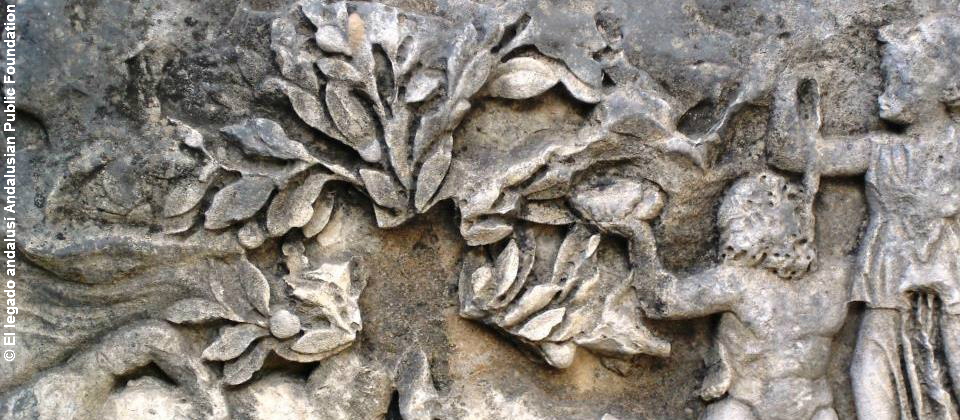
Located around 5 kilometres west of Tunis, this ancient Beys’ residence hosts today the Tunisian Chamber of Deputies and the Bardo National Museum. It gave its name to the Treaty of Bardo, signed in 1881 in nearby Ksar Said, which placed Tunisia under the French protectorate.
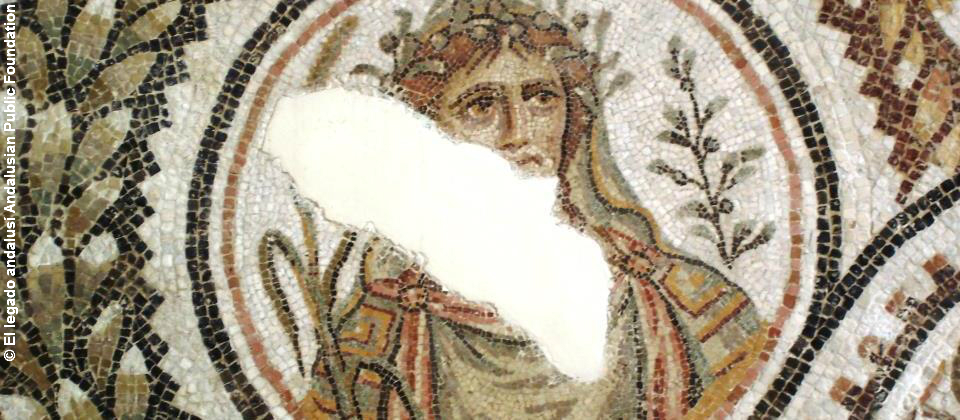
Bardo National museum is composed of many departments. Recently embellished and restructured, it boasts one of the largest collections of Roman mosaics in the world: more than six hundred mosaics are on display. They constitute an open-air encyclopaedia about Roman life in North Africa, North African beliefs and mythology… Finely crafted, these mosaics are in a perfect state of preservation. They come from different sites throughout the country. Among the best known mosaics, we can mention the Mosaic of the poet Virgil, the mosaic of Neptune’s Triumph, the Cyclops’ mosaic and the Ulysses and Aphrodite’s mosaics.

Denden
Formerly an agricultural village, Denden was progressively integrated into the Tunisian urban space. It shelters beylical palaces, among which the Zarrouk Palace, which now hosts cultural and musical events during the Denden summer festival. A craft village was also built in Denden aimed at promoting Tunisia’s handicrafts.
La Manouba
This city is home to luxurious palaces belonging to Beylical ministers. There are about twenty of them, built in the 19th century in the middle of beautiful orchards, following the model of Italian palaces with strong Andalusi notes. We can mention, among the best-known, Kobbet en Nhas, built by Mustapha Bey, Dar Rustum, built by General Rustum, that hosts today the seat of La Manouba Governorate, and Ksar el-Warda (Palace of the Rose), which is now home to the national military museum. The city of La Manouba is also known for its University campus.



